3D Print Farms are high volume 3D printers designed for the mass production of printed structures for a variety of purposes.
3D printing is often criticized for being a slow, small batch production process, but this is not the case when hundreds of collections are being printed at the same time 24/7. The farm's 3D printing capacity is closing the gap between prototyping and manufacturing. With no tooling or molding costs, products are brought to market faster and in some cases cheaper.
Improvements in software to manage large numbers of printers have made 3D printing farms increasingly practical for many, from small businesses to large-scale custom production.
Studia3D
In 2014, the founder and head of a 3D printing company, Dmitry Kamonichkin, began his activity in this field with a small printer in a university dormitory. Through his tenacity and commitment to innovation, he has been able to grow his business to three factories, which now has 210 3D printers.
Company Studia3D specializes in the creation of various products using 3D printing. Thanks to a large number of printers and high productivity of production, the company is able to create up to 4000 products per day. This allows you to meet the needs of customers in the shortest possible time.
One of the key advantages of the company is the ability to create large-scale facilities. Due to the large volume of printers and the experience of the team, the company is able to implement projects of any complexity and scale.
More:
Customers can order large objects, such as building models or prototype cars, and be sure that their order will be completed in the shortest possible time.
Thanks to the affordability and cost-effectiveness of 3D printing, companies can create innovative products, improve the quality of life for people, and develop various industries such as medicine, space industry and veterinary medicine.
Studia3D – the largest 3D farm in Russia!
Read more about our 3D farm, see the projects we have completed:
Prusa Research
Prusa is undeniably one of the biggest 3D printing companies out there. The company now called Prusa Research, founded in 2009, makes one of the best FDM 3D printers for consumers, the Prusa i3.
As most of you probably know, all Prusa FDM 3D printers are made using 3D printed parts. For example, the liquid crystal display housing is 3D printed. As Josef Pruscha likes to say, “Our 3D printers make our 3D printers.”
The company's Czech headquarters hosts a giant 3D printer farm with over 600 3D printers used to build the machines they sell. Most of the printers on the farm are Prusa i3 MK3S 3D printers, but with the advent of larger machines like the Prusa XL, the print farm could be transformed in the coming years.
Such a large 3D printing farm will inevitably run into problems, which is why Prusa has developed special software to manage the farm and monitor maintenance needs. The software notifies workers if a particular printer has a problem, when it runs out of plastic, or when it's time to remove a part! This software has been so successful in managing Prusa printers that they now offer it to other budding print manufacturers.
Slant 3D
Slant 3D was founded by Gabriel Benz while he was working for a robotics development company. His creation of a small robotic arm using 3D printed parts started collecting 3D printers to expand production until Benz decided to make the 3D printing farm his own company.
Slant 3D now operates the largest 3D printing farm in the US, with over 800 3D printers running 10/000. They print over XNUMX parts a week and are the manufacturing hub for anyone who needs it: startups, large corporations, and even individuals.
And they're just getting started! Slant 3D began building its third generation 3D printing factory in 2022 with the goal of accommodating over 3000 3D printers. Their mission is full-scale mass production using 3D printing – no molds or tooling required.
Slant 3D does not offer a complete list of machines that make up their extensive collection of 3D printers, but they are exclusively FDM-style machines, and their own Mason Workhorse 3D printer is sure to appeal to a large segment of the population.
Lostboyslab
Lostboyslab in Sweden is a design studio and 3D printing farm that was launched in 2020 with a focus on the environment, sustainability and circular design. They work with recycled PLA and PETG fibers made from local food packaging waste and sell them.
With over 220 3D printers, their second division is the largest 3D printing factory in Northern Europe (hard to compete with Prusa in the south!). It was developed in partnership with Swedish industry. Their collection of 3D printers consists of many MarkForged, Formlabs and Anycubic machines.
Lostboyslab offers design, 3D scanning, development, prototyping and manufacturing services through its two workshops (Factory and Alpha Zero Lab), aiming to be your one-stop manufacturing hub. In addition to their recycled materials, they offer a virtual warehouse of frequently ordered parts to drive the adoption of digital supply chains and the circular economy.
Their stated mission is to “build lostboyslab around the world from the beaches of Bali to the Pacific Coast Highway to Malibu” through a franchised business model.
Caracol-AM
Caracol-AM brings a whole new meaning to large-scale 3D printing farms. This Italian startup specializes in large 3D prints using an extruder attached to a robotic arm.
They were launched in 2017 to solve one of the most difficult production challenges: the manufacture of large and complex parts. When using robotic arms instead of a traditional 3D printer, the fabrication floor becomes a print pad, although interchangeable panels are available to improve adhesion.
6-axis robotic arms supplied by the German company Kuka Robotics and selected primarily from the Quantec range can even be mounted on sliding boards or wheels to provide a 7th axis and create 3D printed parts up to 15 meters long!
Caracol-AM has developed its own extruder that can process a wide range of polymers and composite materials in the form of granules. The materials are fed through the dryer to the extruder. Their standard machine holds 80kg of ready-to-print material.
Recent projects include side air grilles for yachts with superstructures, wind turbines, spoilers for racing cars (like the next generation of F1 cars), a gas tank for a satellite, and even an entire sailboat!






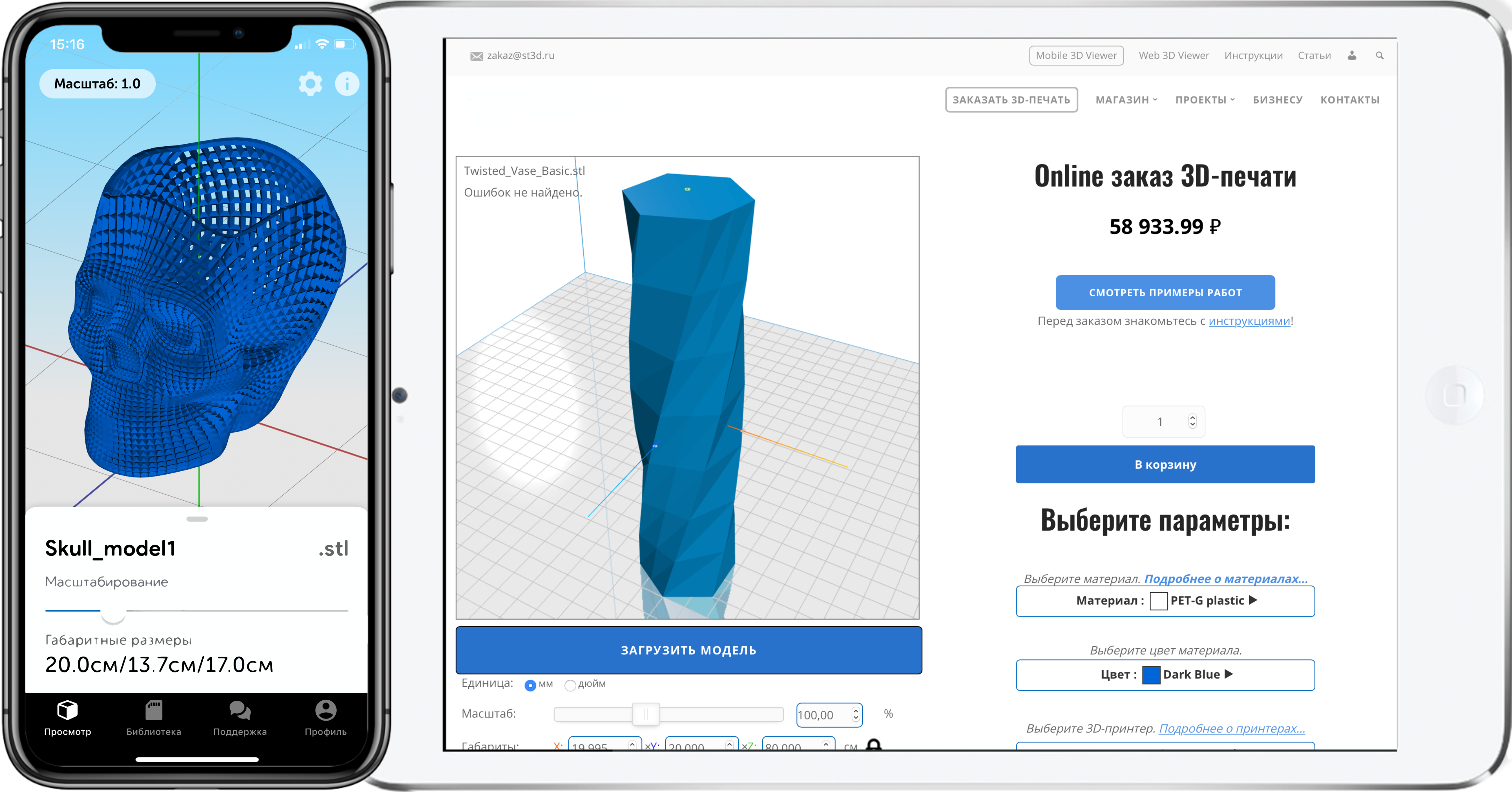



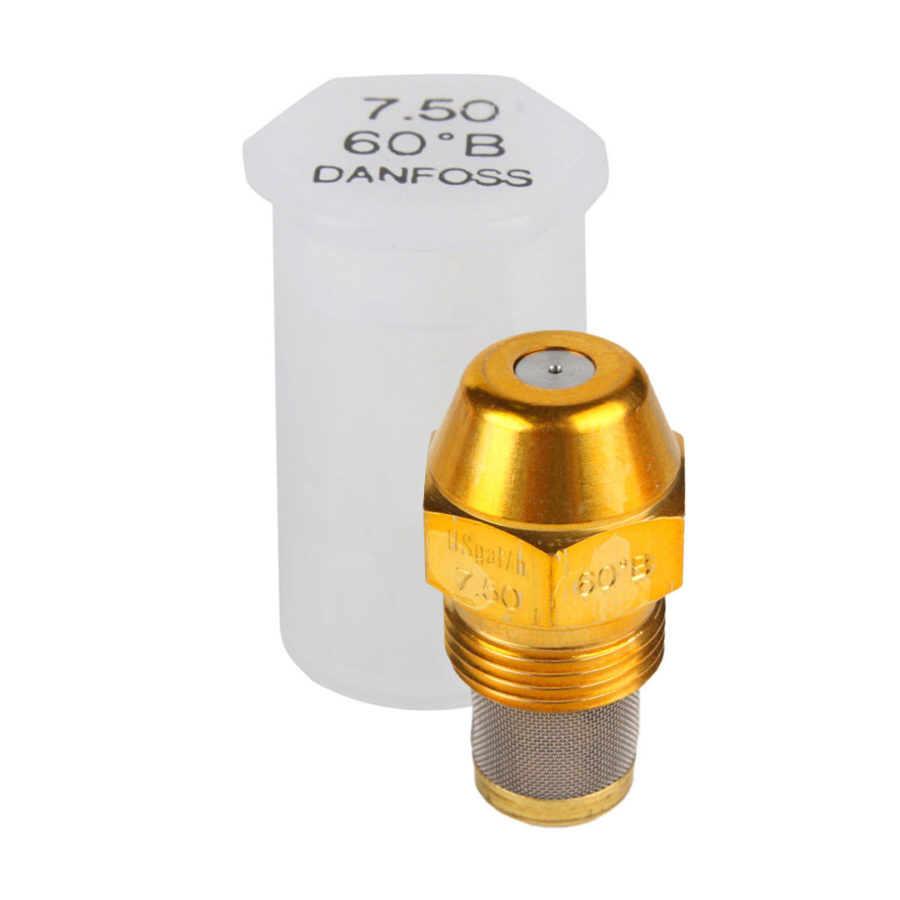
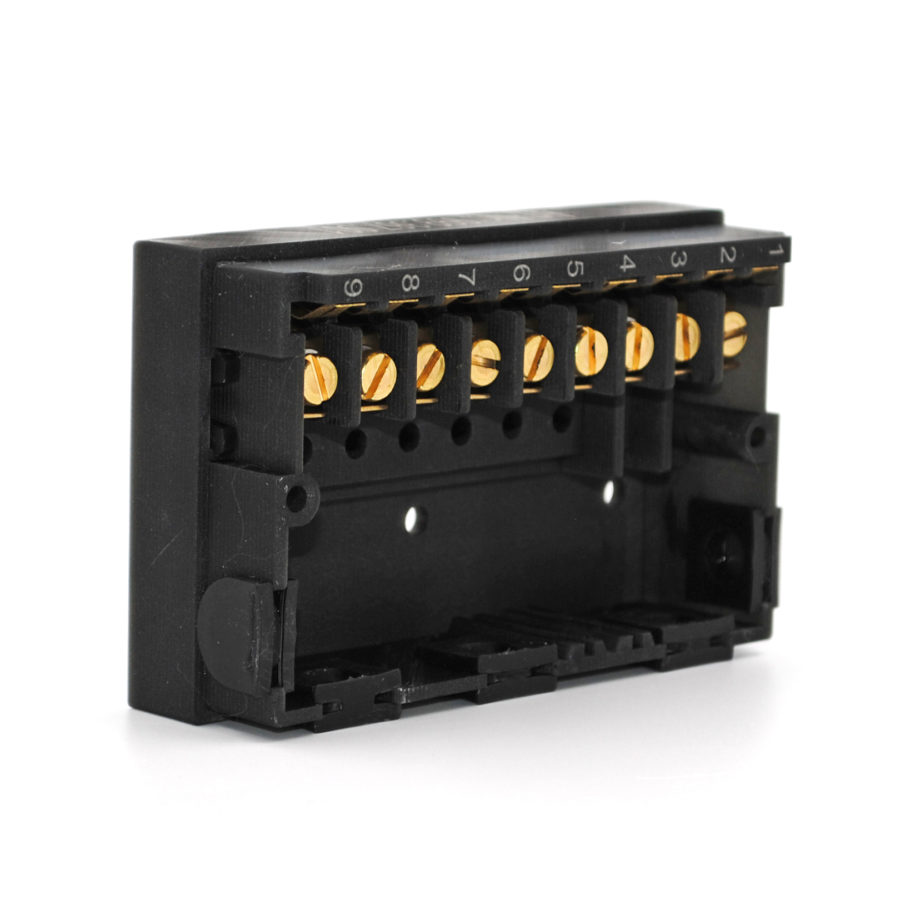
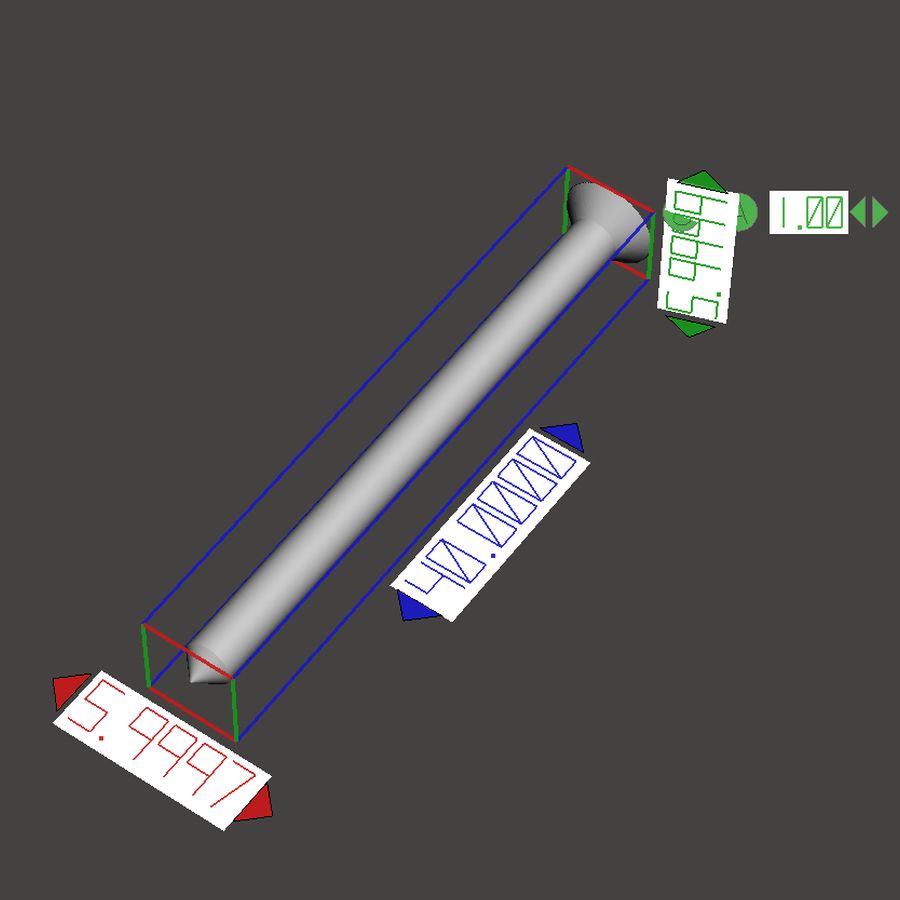
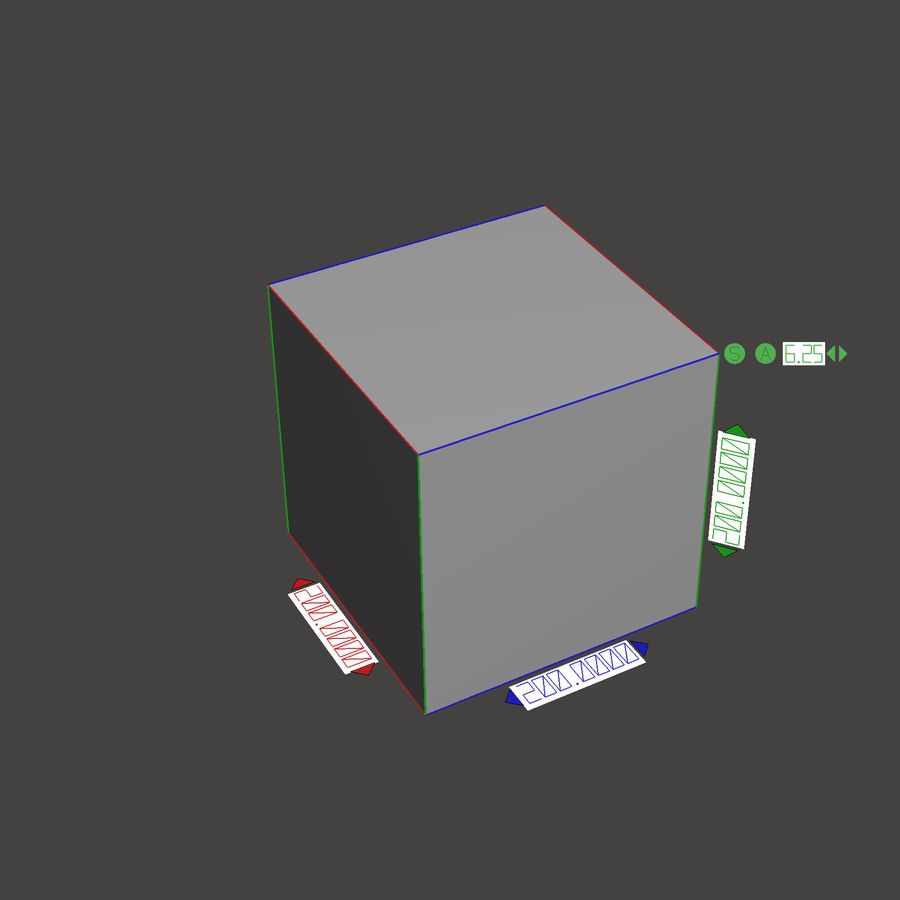
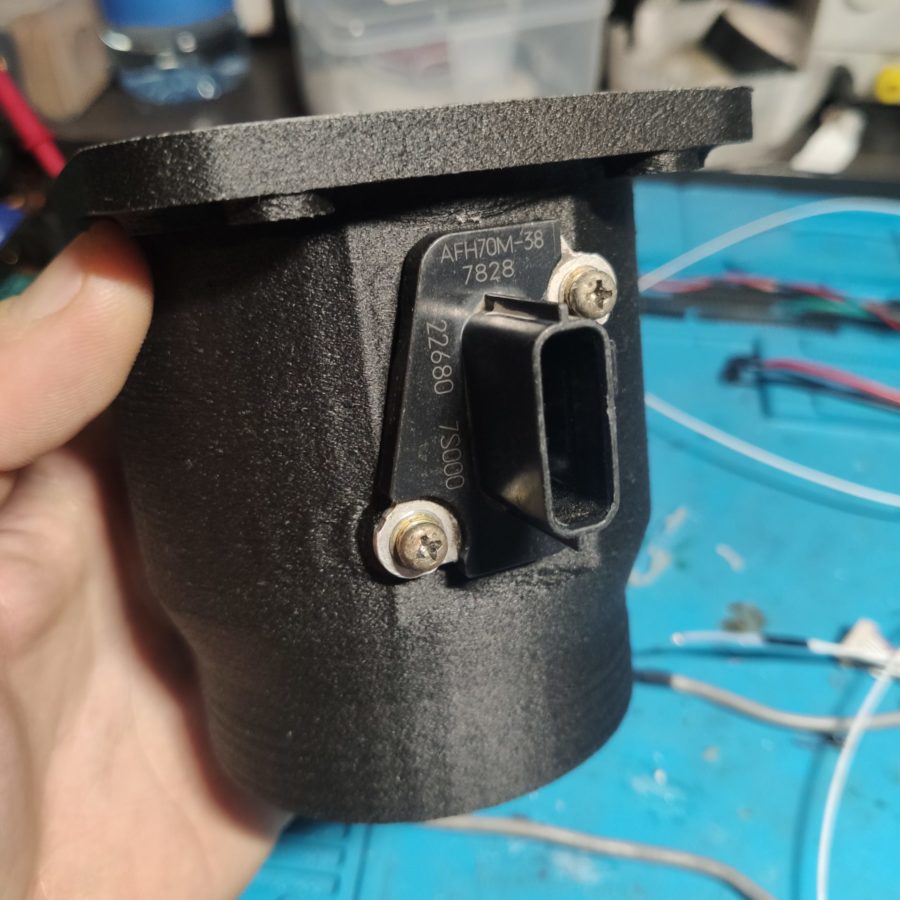

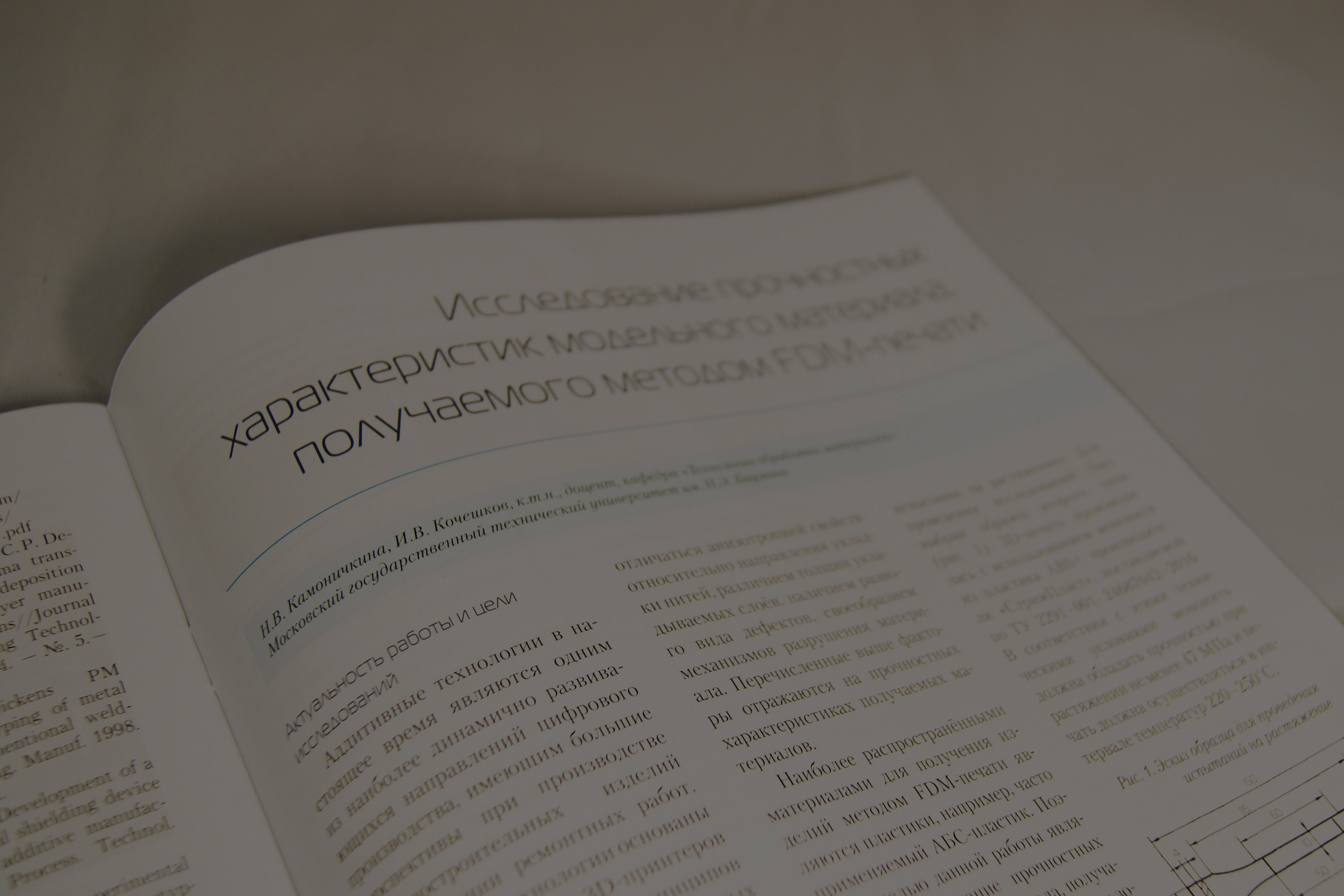

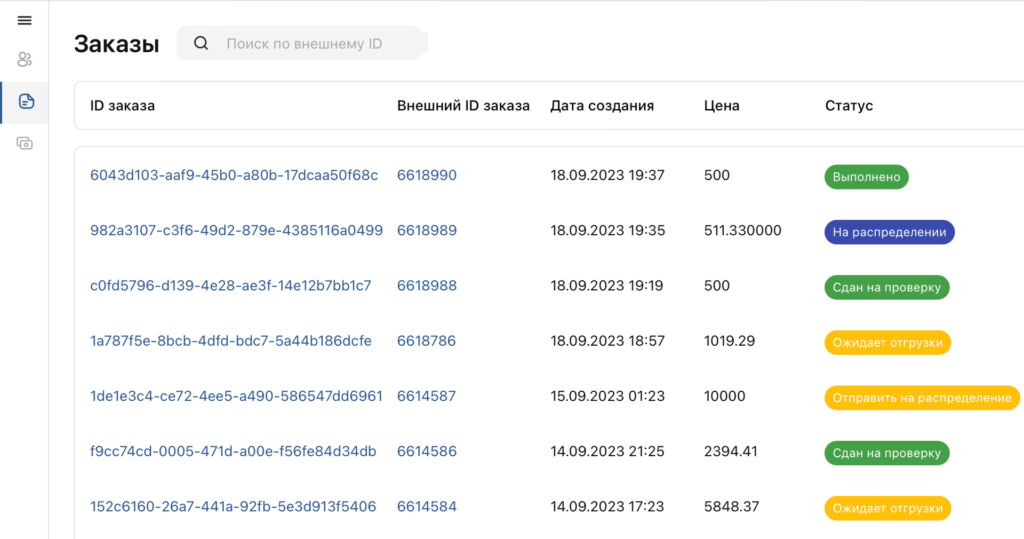


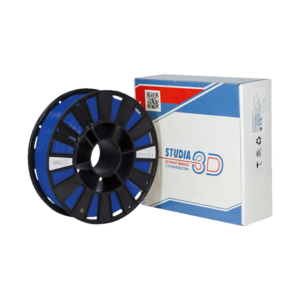
Author: Natalia Kamonichkina
More articles from Natalia Kamonichkina